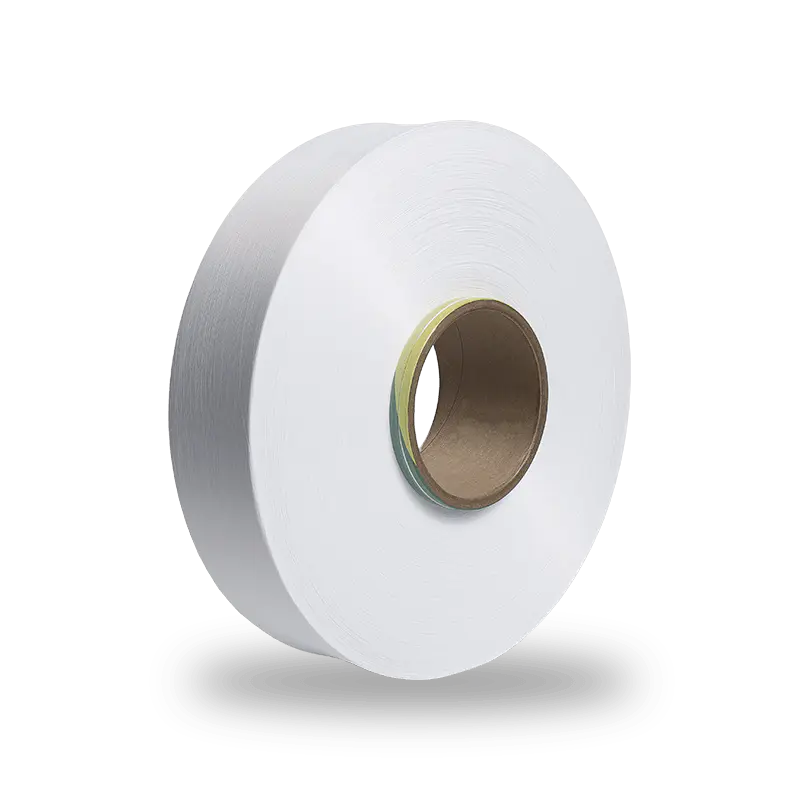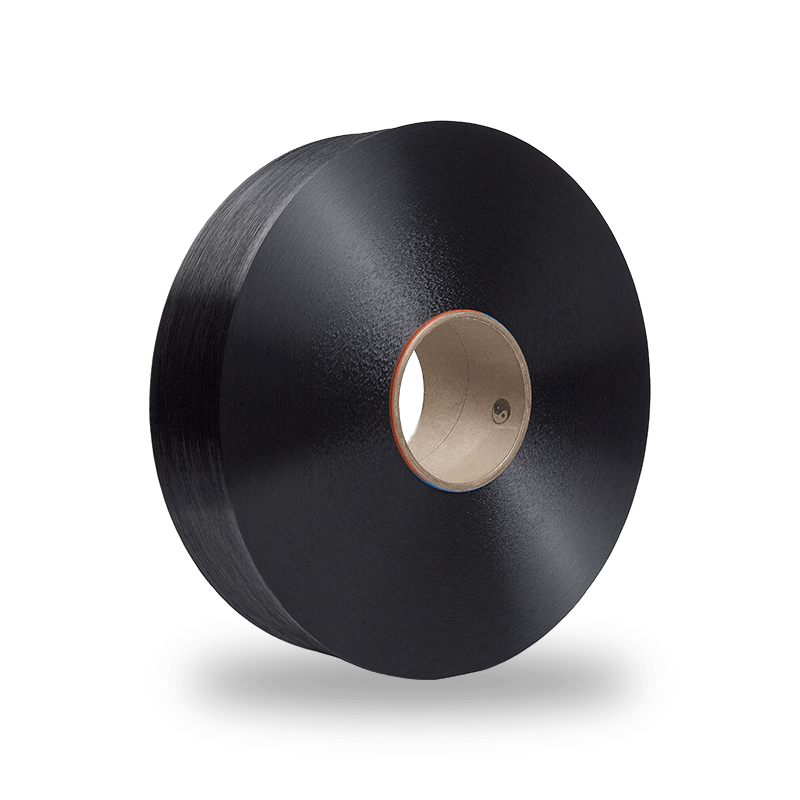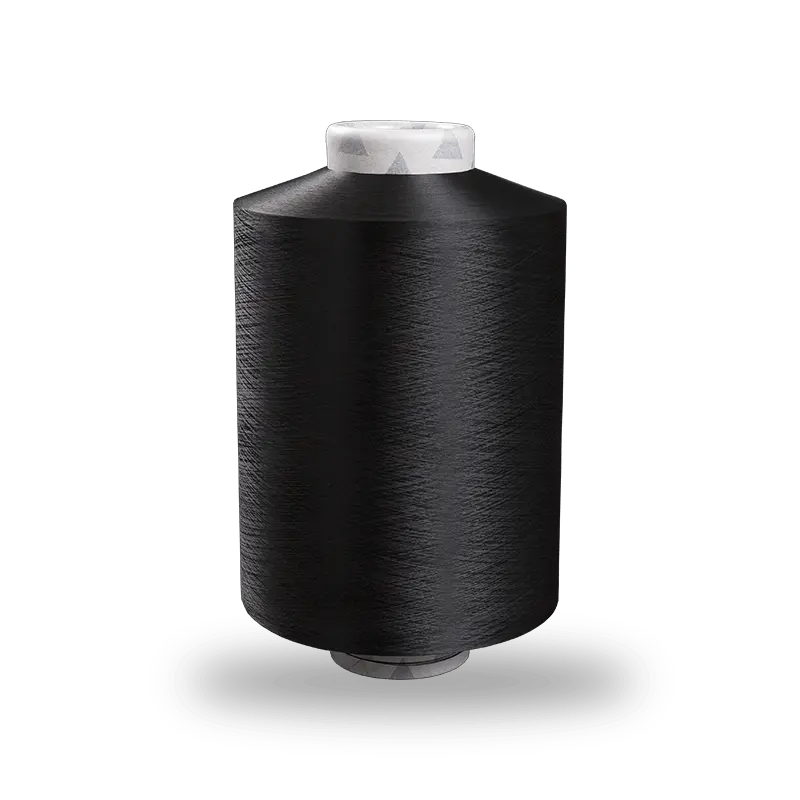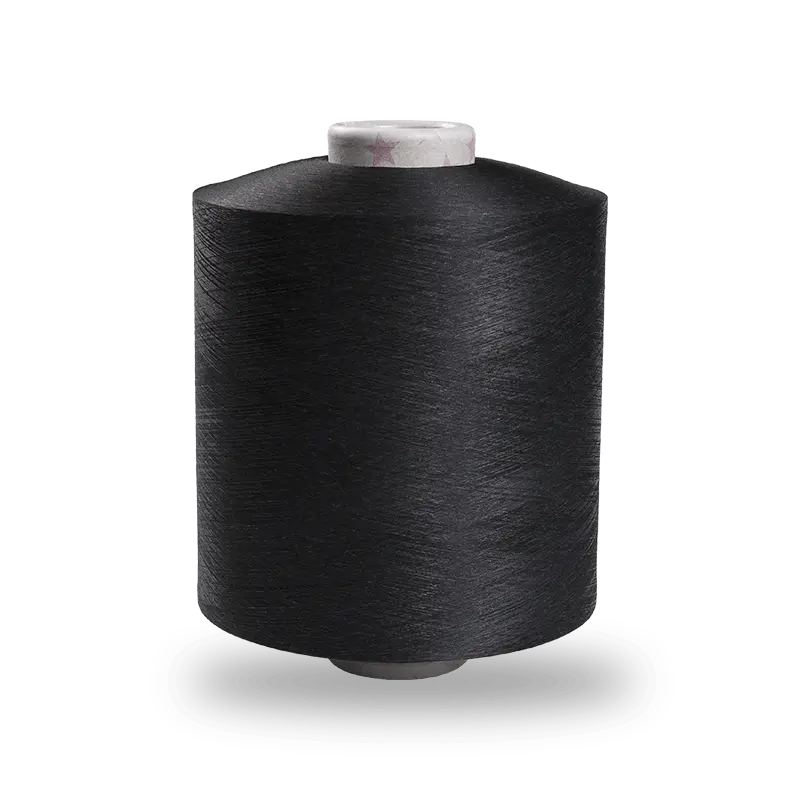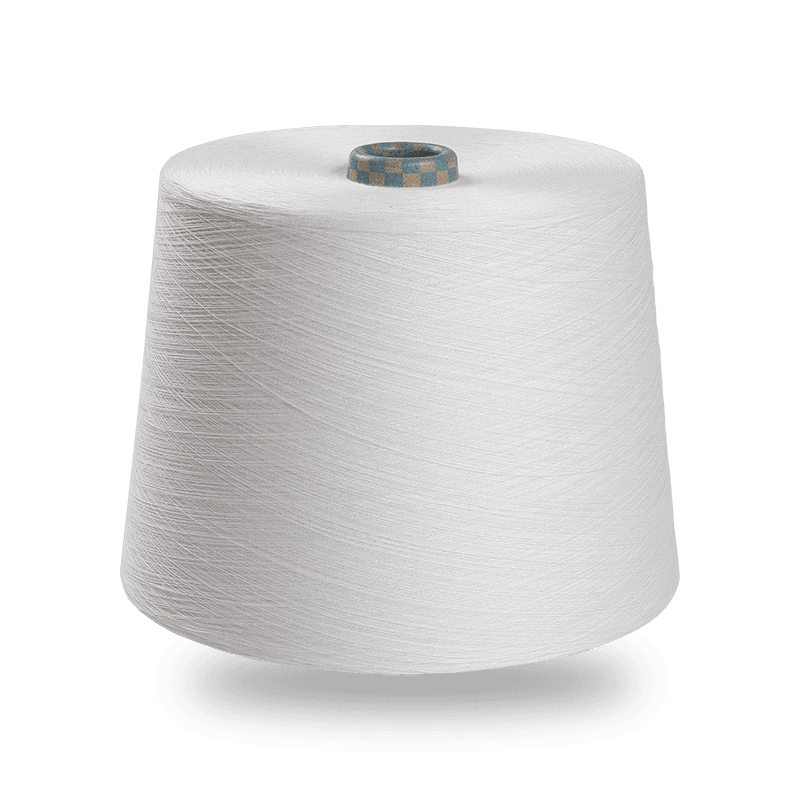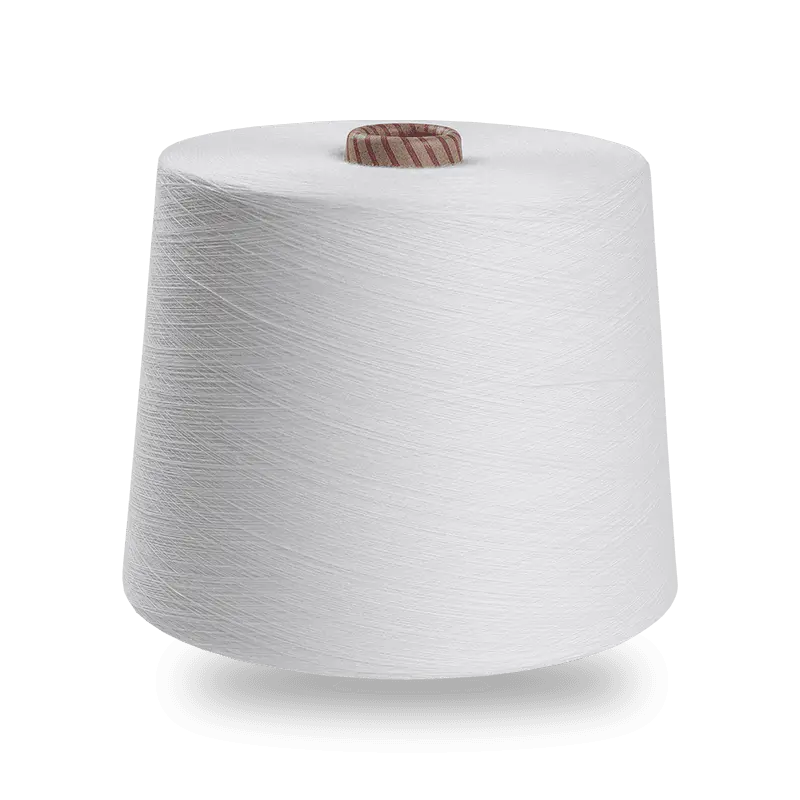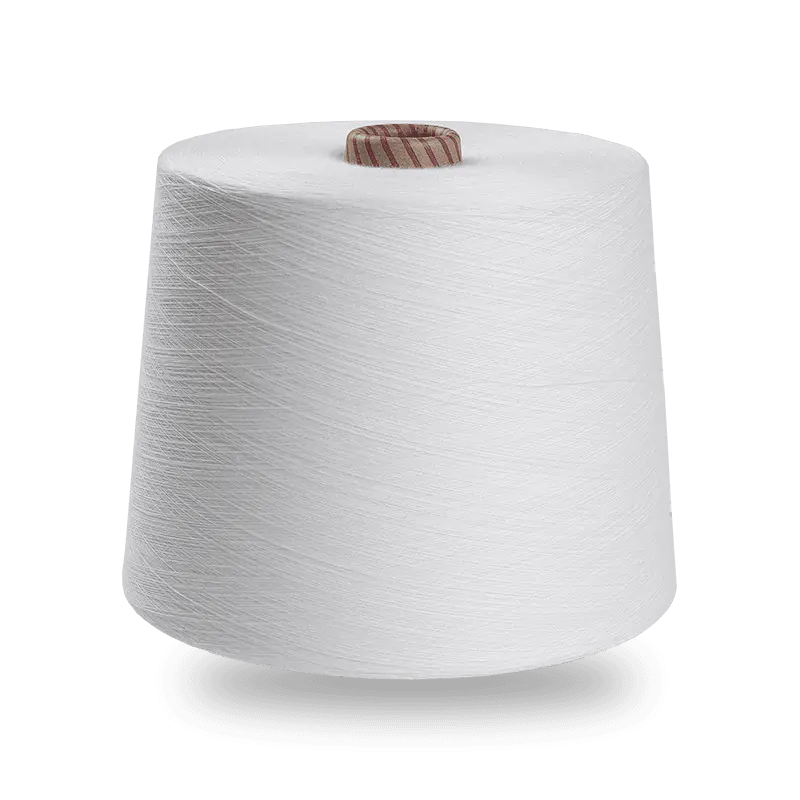In the production of Nylon 6 POY, one crucial but often underestimated factor is the selection and application of oiling agents. While the polymer structure and spinning precision determine the yarn’s fundamental properties, the oiling process plays a decisive role in how that yarn performs in high-speed downstream applications like texturing, knitting, and weaving. At its core, oiling is not just a protective measure—it’s a strategic enhancement that directly affects the POY’s friction, antistatic behavior, and fiber cohesion during processing.
Oiling agents applied to Nylon 6 POY are typically emulsified lubricants with carefully tuned surfactant systems. Their primary functions include reducing inter-fiber friction, preventing filament breakage, and improving package stability. However, the formulation must be precisely matched to the intended application and processing environment. For instance, a POY meant for false-twist texturing requires an oil that maintains stability under high heat and tension, while knitted applications may prioritize soft handle and uniformity over thermal performance.
From a technical perspective, the oil pick-up percentage—usually around 1.0–2.5% of the yarn weight—directly affects processability. Too little oil can lead to excessive static electricity and filament fly; too much may cause soiling or staining in later stages. The challenge lies in achieving a consistent, uniform coating, especially at high winding speeds. This is where equipment such as TMT’s fully automatic winding system shows its value, ensuring both mechanical precision and optimized oil distribution throughout the POY package.

For manufacturers and fabric processors, the choice of oiling agent on Nylon 6 POY can translate to real production benefits. Improved lubricity allows higher processing speeds, while stable oiling reduces downtime due to filament breakage or machine fouling. Furthermore, well-formulated oil systems contribute to dye uniformity and prevent unwanted streaks or spots in the finished fabric. In applications such as high-quality DTY yarns, these seemingly small differences can have a substantial impact on final product appearance and feel.
One interesting trend in the industry is the move toward eco-friendly oiling agents that reduce environmental impact without sacrificing performance. Water-dispersible, non-toxic formulations are gaining traction among environmentally conscious brands, especially in European and American markets. As a Nylon 6 POY supplier with both technical depth and practical production experience, we continuously test and adopt new oiling solutions to meet evolving client needs and regulatory standards.
Customers often ask us how to optimize their production process, and our answer is consistent: start with the right POY, treated with the right oil. We believe that nylon yarn isn't just a raw material—it’s a performance foundation. That’s why Century Chenxing prioritizes oiling consistency and customizability across our Nylon 6 POY offerings. Whether you’re producing fine-gauge lingerie fabric or heavy-duty industrial mesh, we offer yarns tailored to your process requirements.
The science of oiling in Nylon 6 POY production is far from trivial. It intersects with chemistry, machinery, and end-use design in complex ways that only become clear with experience. For buyers who need reliability and performance from the start, understanding oiling is not just useful—it’s essential. And choosing the right partner who gets those nuances makes all the difference.


 English
English 中文简体
中文简体 Español
Español عربى
عربى
